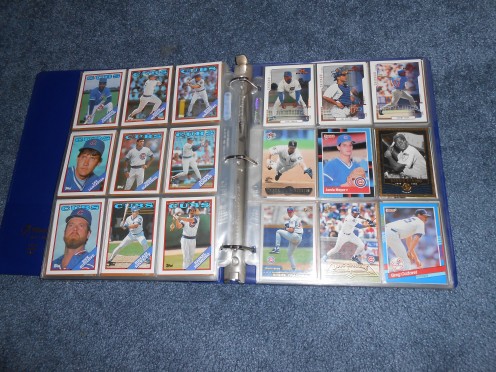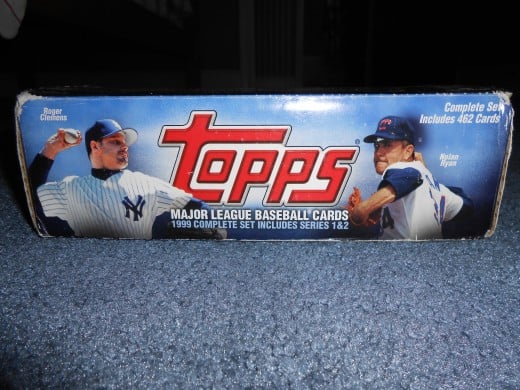How to Sell Baseball Cards
Find Hidden Treasures in Your Baseball Card Collection

Find the Hidden Treasures in Your Baseball Card Collection
A 1955 TOPPS Sandy Koufax baseball cards recently sold on eBay for a cool $1000. Do you have a hidden treasure gathering dust in your old baseball card collection?
The sad truth is that most baseball cards are worthless. The cards were introduced almost 150 years ago, and have been mass produced for many decades. At the peak of their popularity in the early 1990s, manufacturers produced 81 billion baseball cards per year, or 325 cards for each person in the United States. With so many cards, it's little wonder that most have little or no value.
Since most cards are essentially worthless, the key to turning a baseball card collection into cash is to find its hidden treasures. The lone 1955 Sandy Koufax card hiding in your 1000-card collection might well be worth significantly more than the other 999 cards combined!
How can you find the hidden treasures in your baseball card collection?
The most convenient tool to find your hidden treasures is eBay. eBay has an entire category devoted to the sale of baseball cards in its Sport Memorabilia, Cards & Fan Shop. And it is a powerful mechanism for identifying your hidden treasures because they sell a lot of baseball cards.
For example, suppose you have a 1955 TOPPS Sandy Koufax card hidden in your collection. eBay currently has 124 active listings for this card at prices ranging up to $18,500 (or best offer) for a card in Mint 96 condition. There are also 273 sold listings at prices ranging up to $2,900.
Using eBay, search for each of your cards to identify the valuable ones. If you have more cards than time, try to first triage the cards to find the more promising ones before sitting down at your computer. The most valuable cards tend to feature popular players, especially their rookie years.
If you have kids, consider asking for help. They'll have hours of fun helping you.
Be skeptical of the asking price when valuing your cards. Just because a seller is asking for the moon doesn't mean he will get it. Just as when appraising real estate, concentrate on the sold listings since they reflect what buyers were actually willing to pay. For the active listings, give more weight to actual bids for auction-type listings, rather than the sellers' "Buy It Now" prices.
The card's condition is critical to its value. Relatively inexpensive cards may not be worth having professionally graded, but their objective condition is still key. Expensive cards should be graded by a professional service like Beckett (BVG), Professional Sports (PSA) or Sportscard (SGC).
Once you find the hidden treasures in your collection and have them professionally graded (if necessary), one of the most profitable ways to sell them is to become an eBay seller. That will allow you to sell them directly to buyers at or close to retail prices. Describe the cards honestly, being sure to list any flaws. If the card is not graded, don't describe its condition as better than NRMT-MT.
You can also sell your valuable cards to a local sports-card store. However, you will most likely receive a much-lower wholesale price for the cards since the store will need to resell the card for a profit. You should not expect the store to give you more than 50% of the actual value of the card.
Complete Baseball Card Sets

Complete Baseball Card Sets
Another potential golden nugget in your collection is any complete baseball card set. Complete sets are often highly valued by collectors. If, for example, you own a complete set of the 1971 Topps cards, you may be excited to know that many of these sets have sold for over $1000.
Be aware, however, that the value of complete sets generally decreases as the sets get younger. This is because relatively few complete sets were sold back in the day when most baseball cards were purchased a pack at a time at the local five-and-dime store, while many more complete sets were sold in recent years as they became more popular as collector's items. In general, things sold as collectibles rarely become as valuable as things that were never intended to be collected.








